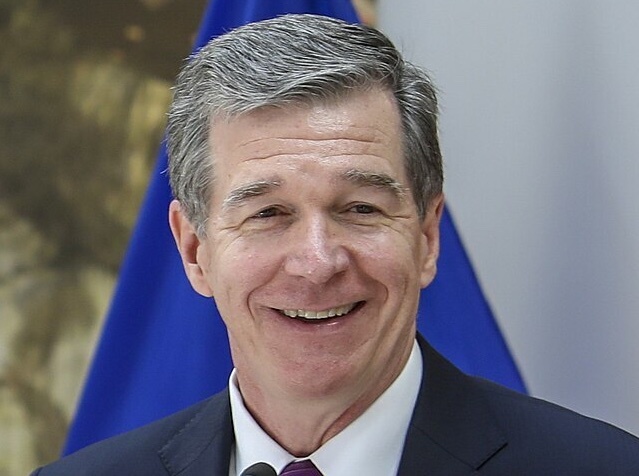Michael Tanner‘s latest column for National Review Online focuses on a threat to school choice in Washington, D.C.
The failure of D.C.’s schools has profound and long-lasting consequences. For example, we know that nearly 29 percent of people aged 25 and over who did not have a high-school diploma lived in poverty in 2014, compared to 14.2 percent of high-school graduates with no college, and just 5 percent of college graduates. And those high-school dropouts will stay poor. With all the talk about poverty and inequality that we hear, let’s remember that a failing public-school system is one of the reasons for those problems.
In response, President Bush established the Opportunity Scholarship Program in 2004. The program provides scholarships (vouchers) that low-income D.C. families can use to send their children to private schools in the District, including religiously affiliated schools. President Obama tried to kill the program when he took office, but the Republican Congress revived it over his objections in 2012.
The scholarships are targeted to those students most in need. The average household income for families participating in the program is under $21,000. More than 83 percent of those families are African-American, and another 14 percent are Hispanic/Latino. …
… But despite this record of success, the omnibus budget deal failed to reauthorize the program beyond this year. That means that in order to preserve the program for the 2016–17 school year, Congress will have to either push through a stand-alone funding bill in the face of ferocious opposition from Democratic lawmakers and the teachers’ unions, or hope to include the funding in some future budget deal. President Obama, having defunded the program once, is expected to oppose reauthorization once again. D.C. Delegate Eleanor Holmes Norton is unalterably opposed to the program.
Republicans should not back down. Indeed, they should not only fully fund the Opportunity Scholarship Program, they should expand it. The current program has provided help to just 1,259 students this year. Thousands more students are on waiting lists.

